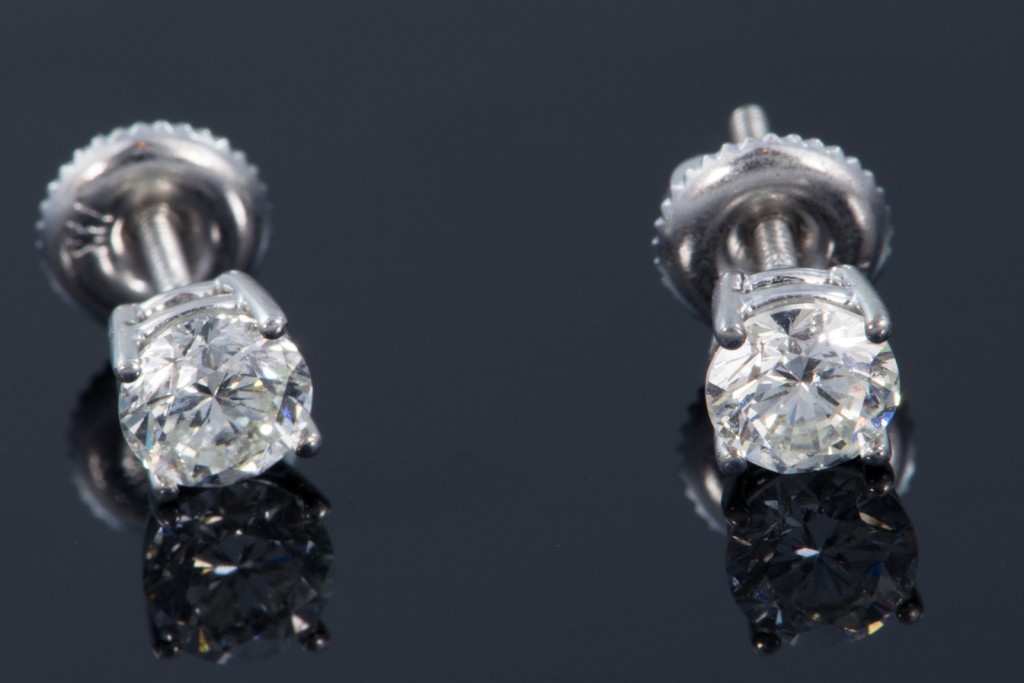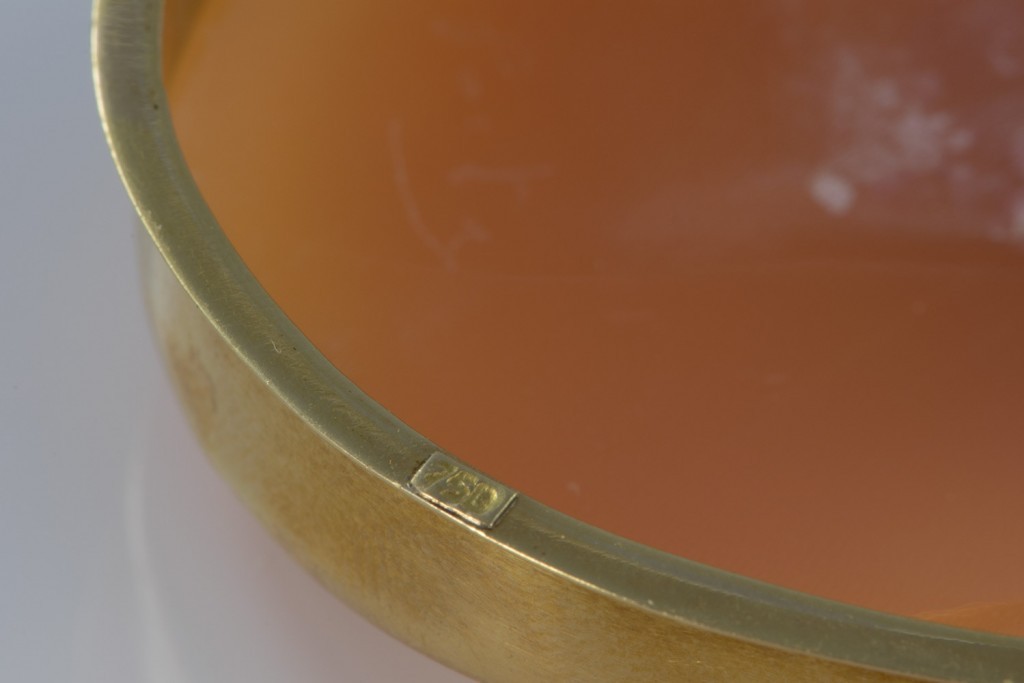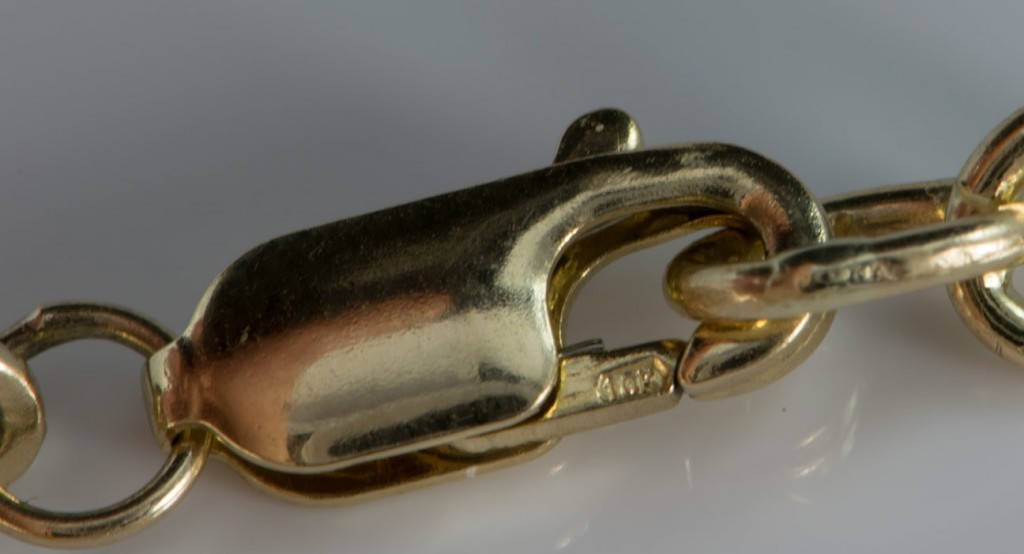Karats or Carats?

Easily the most confusing pair of words in the jewelry business, “carat” is a measure of weight equal to one-fifth of a gram while “karat” is the measure of fineness of gold. Today we’re going to highlight the difference between the meanings of karat and carat and how the confusing words came about. Both are pronounced the same as our favorite orange vegetable, “carrot”, but they actually came about from a different piece of vegetation- the carob seed.
Carob seeds were a seed that almost always grew to be the same size and weight as all the other carob seeds. Ancient jewelers found that they were small enough and consistent enough to be used to measure the weight of diamonds and other precious stones, thus they started measuring in “carats” which meant how many carob seeds the jewel weighed equal to. As technology developed, the weight was standardized to be 1/5 of a gram and is used primarily to measure gemstones. Everyone knows that a one carat diamond is fairly big, so jewelers divide carats into fractions of 100 called points. A 1/10th carat diamond is .10 of a carat or 10 points in weight. The earrings in the image above approximately 1 carat total weight, which means each of them are about .5 carats.
Its good to remember that carats are actually a measure of weight not size, and 2 different gemstones of the same dimensions will usually be different carats.

750 (18k) Mark On Cameo
Karat, the one that starts with a “K”, refers to the purity of gold out of 24 parts. Pure gold would be 24k, but nearly all gold made for jewelry is alloyed with other metals to make it stronger, improve its color, or in some cases to make it cost less. The term karat is believed to have come about when the Roman emperor Constantine minted a new gold coin that was 24 carats in weight. The amount of those 24 carats of weight that were pure gold was its “fineness” which means its gold purity.In the US most jewelry is 10k, 14k, or 18k, which are 41.7% pure 58.5% pure and 75% pure respectively. Different countries have different regulations, but nearly all gold jewelry should be marked somewhere with its karat.
On behalf of the jewelry industry, we at silver city apologize for the confusion caused by these terms being so similar and hope that this explains the different meanings and why they are used. Check back with us at silvercityjewelers.com for more informative articles like this if you like learning more about jewelry!

10k Mark On Clasp

